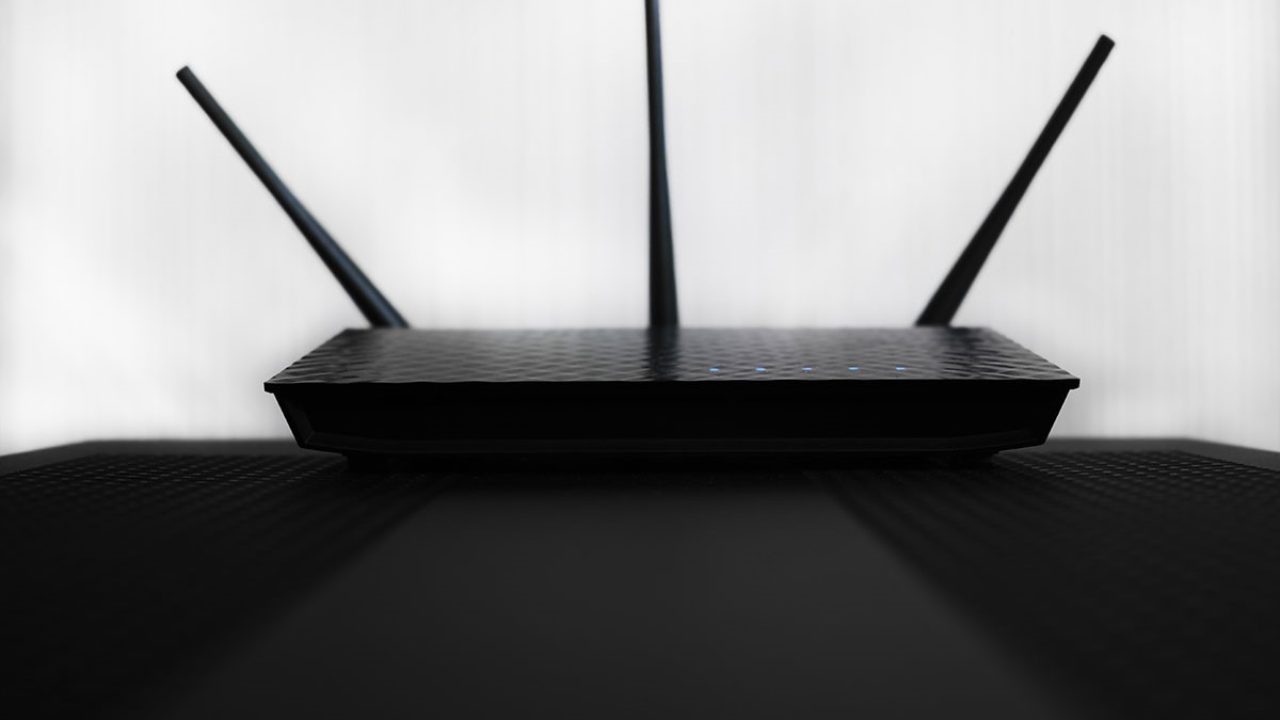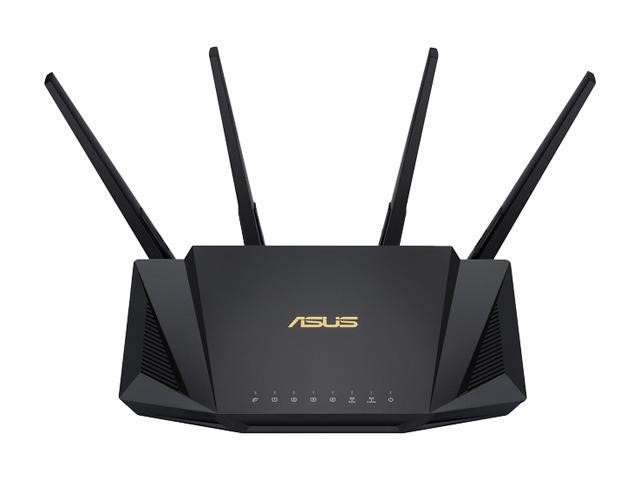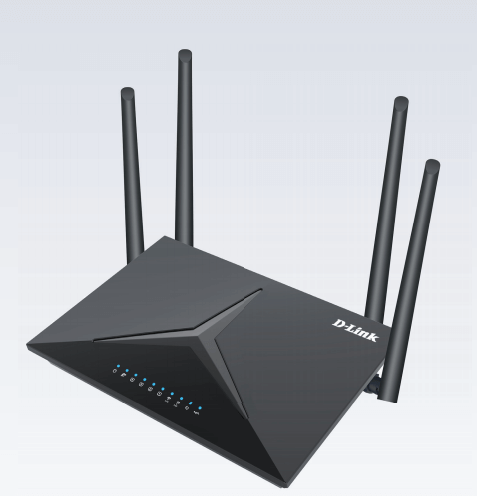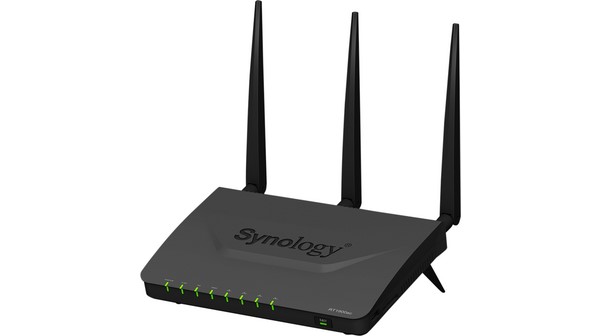Which Router Brands Are Not Manufactured in China?

Wi-Fi routers deliver a faster and more reliable signal, enhance security, and give you access to numerous other features. With thousands of options on the market, you can choose the brand that matches your requirements and preferences.
Nowadays, most technology is manufactured in China and it can be daunting to find routers that are produced in a different location. Fortunately, we’ve got you covered.
If you want to learn which routers aren’t made in China, you’ve come to the right place. In this article, we’ll show you which ones are manufactured elsewhere. Plus, we’ll help you with your purchase using our router buying guide.
Which Routers Are Not Manufactured in China?
Many people choose not to buy products manufactured in China for numerous reasons. But keep in mind that just because you don’t see “China” on a router, it doesn’t mean none of the parts originated there.
Most of the time, different components are manufactured in China and then shipped to another country where the product is assembled. This enables manufacturers to “hide” China’s role and state only the country where the product was built.
Other companies may have factories in multiple countries, with one of them being China. So, one company can have router models originating from both China and another location.
We’ve compiled a shortlist of router brands that aren’t manufactured in China:
Asus
Asus is a Taiwanese brand that manufactures laptops, desktops, motherboards, and other computer components. In addition to these products, Asus also makes top-quality Wi-Fi routers that follow the latest industry standards.
Asus routers are available in a wide price range, and like with most tech products, you typically get what you pay for. If you don’t need ultra-fast internet speed or a lot of coverage, you don’t have to overpay for a router. Instead, you can opt for a more affordable one.
Depending on the model, Asus routers offer plenty of features such as traffic prioritization, parental controls, network protection, etc.
All Asus routers are manufactured in Taiwan.

D-Link
D-Link is another company originating from Taiwan. They manufacture IP cameras, smart home devices, and other products but are mostly known for Wi-Fi routers.
If you’re looking for a router but have a limited budget, you’ll find D-Link products affordable and efficient. On the other hand, you can also find top-quality routers with a durable design and excellent coverage.
Most users enjoy using D-Link routers because it’s easy to set up and use them. The smartphone app that controls the router is very user-friendly and enables you to customize numerous settings. If you’re intimidated by network control, the D-Link app will make it much more manageable.

Synology
Synology was founded in Taiwan in 2000. It’s mostly known for different network-attached storage options, but it also manufactures Wi-Fi routers.
Although relatively young compared to other router brands, Synology has a lot to offer. All routers feature a Synology Router Manager (SRM) that makes the user experience much more enjoyable. One of the most interesting features is the ability to create a separate profile for every user. That way, each user can have their own connectivity, privileges, or restrictions.
Synology routers have been criticized for their slightly higher prices. But the company offers all features with no hidden fees or subscriptions. Since other brands often charge for extra features, Synology routers have proven cheaper in the long run.

How to Choose the Right Router?
As you can see, not many routers are manufactured outside of China. Although the country of origin can be crucial to some, numerous other factors should affect your decision:
Price
Routers vary widely in price. You can find models for around $50, while others can cost more than $300. Keep in mind that the price most often reflects the router’s features. You can’t always expect top speed and performance from the most affordable routers.
Price is important, but it’s also important that your budget matches your expectations.
Compatibility
Although not always the case, your internet service provider (ISP) may require you to use a certain kind of router.
Most providers have a list of compatible routers and modems, so checking shouldn’t be too difficult.
Your Internet’s Top Speed
The router you purchase should support more internet speed than advertised per your provider. This enables you to have a fast Wi-Fi speed even when multiple devices are connected to the same network. Plus, it prevents you from paying for the speed you don’t have.
The fastest way to check your internet speed is by looking into your account details. The speed is expressed in megabits per second (Mbps). If you don’t see this information, reach out to your internet service provider.
For example, if the internet’s top speed is 80 Mbps, you should get a router that can handle more than that.
Wireless Protocol
Every router is marked with a series of letters and numbers. These indicate a specific Wi-Fi protocol that reveals the router’s speed and range.
When in the market for a new router, look for one that features newer protocols such as:
- 11n (Wi-Fi 4) – This standard was introduced in 2009, and it was the first to support MIMO (multiple-input, multiple-output). It supports up to 600 Mbps, and it enables you to use both 2.4 GHz and 5 GHz frequencies.
- 11ac (Wi-Fi 5) – The Wi-Fi 5 protocol was introduced in 2014, and it’s a standard for most routers nowadays. It can support up to 3.5 Gbps, which is a significant upgrade compared to Wi-Fi 4. Another upgrade is MU-MIMO, which stands for multi-user multiple-input multiple-output. This means that up to four devices can access one Wi-Fi network with no interruptions or lag.
- 11ax (Wi-Fi 6) – This is the latest protocol, and it was introduced in 2019. It can deliver speeds up to an impressive 10 Gbps. With this standard, up to eight devices can communicate simultaneously. Another advantage of this protocol is orthogonal frequency division multiple access, or OFDMA. This feature enables more efficient use of bandwidth, leaving more to other devices. With this protocol, you’ll be able to achieve top speeds even in the busiest environments. Keep in mind that most devices still don’t support this speed, so you may not have to upgrade right away.
The wireless protocol can tell you a lot about the router’s speed. However, the naming conventions shouldn’t be the only factor you take into consideration. Sometimes, an AC1900 router can perform better than an AC2500 one.
The numbers only represent a theoretical bandwidth set by the manufacturer. Although it’s important, other factors such as hardware specifications, brand, regular updates, and the router’s location impact the maximum speed.
Typically, it’s not recommended to purchase a router below AC1200. These models feature outdated technology and are becoming obsolete. Since you don’t want to spend money on a router that won’t perform well for years to come, opt for a newer model instead.
Space
Your choice of a router should also be based on the amount of space it needs to cover. If you’re living in a studio or a small apartment, you won’t need a long-range router.
But if you want to cover a house with multiple floors or a large area, you may need to use more than one router and connect them to the same network.
Keep in mind that walls can be an obstacle to the Wi-Fi signal.
Devices
Make a rough estimate on how many devices will be connected to the router, including mobile phones, consoles, computers, and smart home devices. This will help you determine what router size you will need. If you have numerous devices active simultaneously, you’ll need to purchase a router that can handle it.
Use
Your ideal router largely depends on what you use the internet for. If you’re a casual user and need the internet mainly for browsing and performing basic tasks, you don’t necessarily need a high-end router. But, if you play highly demanding games or frequently download large files, you should purchase a stronger model.
Reviews
Manufacturers measure a router’s speed under ideal conditions. In real life, those speeds are often impossible to achieve. That’s why it’s essential to read online reviews by previous or current users.
When looking for reviews, pay attention only to the measurements made by computers or similar devices. Some articles may use another router to measure a router’s speed, thus providing unrealistic results.
Smartphone App
Many consider network management too complicated, especially if they are not tech-savvy. This is probably because older routers could only be configured by connecting a computer to the network, opening a browser, and then accessing the firmware.
Router manufacturers recognized this, and most of them have developed smartphone apps that enable easier configuration. Some apps enable you to control only the essential functions, while others allow you to manage most or all of them. If you want a user-friendly router, look for an app with a straightforward interface.
USB Ports
Another valuable feature of every modern Wi-Fi router is the existence of USB ports. That way, you can connect printers, modems, and other devices directly to the router.
The router you purchase should have at least one USB port. Nowadays, most modern routers feature a USB 3.0 and a type C port for connecting mobile phones.
Smart-Home Integration
More and more people are updating their homes by installing smart devices and sensors. If you have them, look for a router that can integrate with Alexa or Google Home. That way, you’ll create an ecosystem and gain more control.
For example, you could control your router through voice commands, enable or disable a network, turn on the LED lights, etc.
Protection
Keeping your network secure and protected is crucial. Many routers offer security features such as virus protection, VPN servers, firewalls, etc. Keep in mind that you’ll find numerous models with these features, but only those with solid hardware and RAM can ensure smooth performance.
Generally, your router should have 256 MB of RAM at minimum and preferably 512 MB or more. Plus, it should also feature at least a dual-core processor.
Where Should You Place the Router?
Changing the router’s location doesn’t affect the internet speed, but it can make the connection more stable. Here are a few tips and tricks you can use to ensure a reliable and stable internet signal:
Don’t Place the Router in the Kitchen
There are multiple reasons why the kitchen isn’t an ideal place for your router. The obvious one is that you don’t want the router to get sticky, greasy, or dirty, as this can damage it.
Even if you think you’ve found the perfect spot for it, it’s better to think of another location. Different kitchen appliances and metal surfaces can disrupt the Wi-Fi signal. If you have a microwave, you may have noticed your internet connection is slower when you’re heating food. This is because both the microwave and the Wi-Fi router use the same frequency: 2.4 GHz.
Place the Router in the Central Area
Wi-Fi routers don’t transmit in just one direction; instead, they create a field. If you want to ensure the best coverage possible, place the router in a central area of your house. In addition to getting more coverage, you’ll lower the chances of strangers accessing your network.
Adjust the Antenna
Some router models feature adjustable antennas. Don’t be afraid to move them around to ensure the best coverage. For example, if you live in a house with multiple levels and your router is on the ground floor, you should turn the antennas upwards.
Don’t Hide the Router
Older router models are bulky, so some people decide to hide them behind cupboards or dressers. This can negatively affect the connection and create obstacles for transmitting clear signals.
Don’t Place the Router Near Other Electronic Devices
As we’ve mentioned, other electronic devices and appliances can interfere with the router’s signal. Any device that uses a radio signal can affect the internet connection.
Don’t Place the Router Near a Fish Tank
Yes, you read that right! Many don’t know that bodies of water can impact and even completely block the Wi-Fi signal.
Don’t Put the Router Close to Mirrors
This may seem bizarre, but Wi-Fi routers and mirrors aren’t the best combination. Mirrors reflect light, as you know, but they can also reflect the Wi-Fi signal. If you’ve noticed your connection is unstable, this may be the cause.
Switch Locations
Move the router around your house to see whether the signal improves. That way, you’ll find the perfect spot and enjoy a reliable and stable connection at all times.





















4 thoughts on “Which Router Brands Are Not Manufactured in China?”